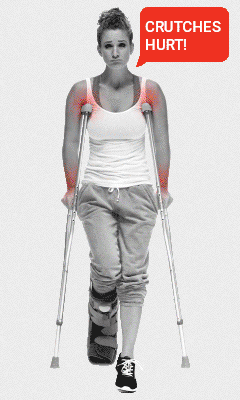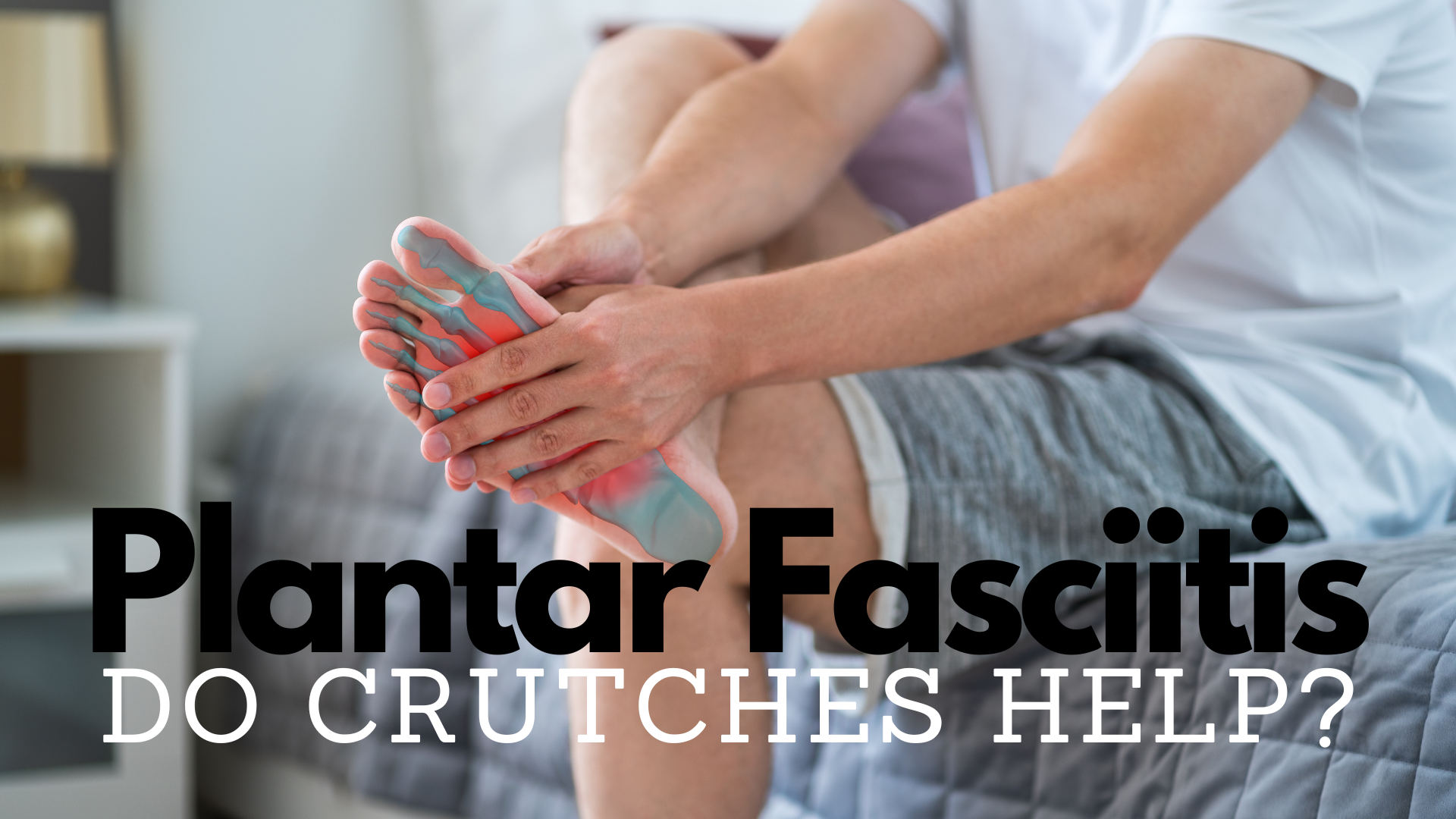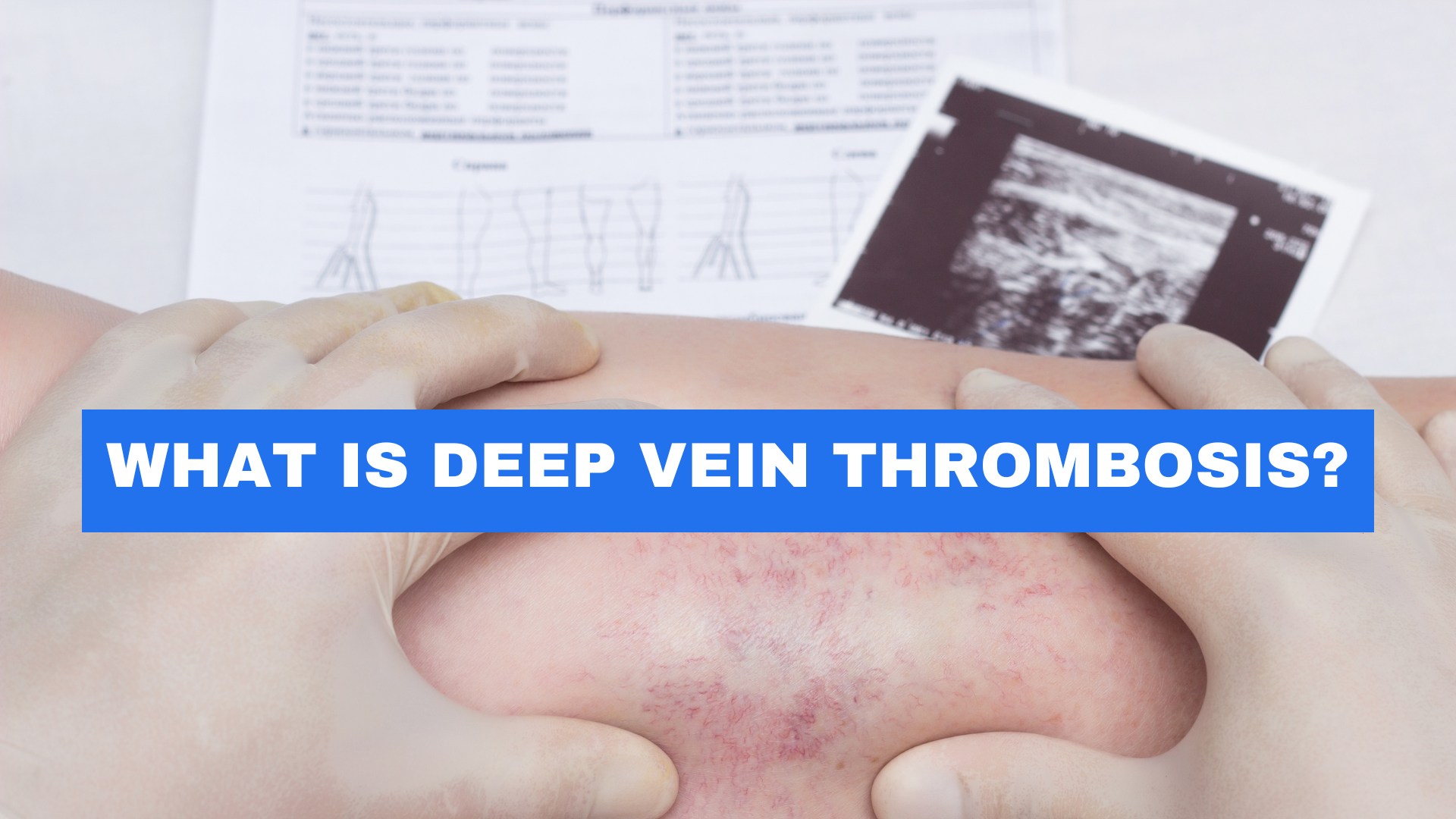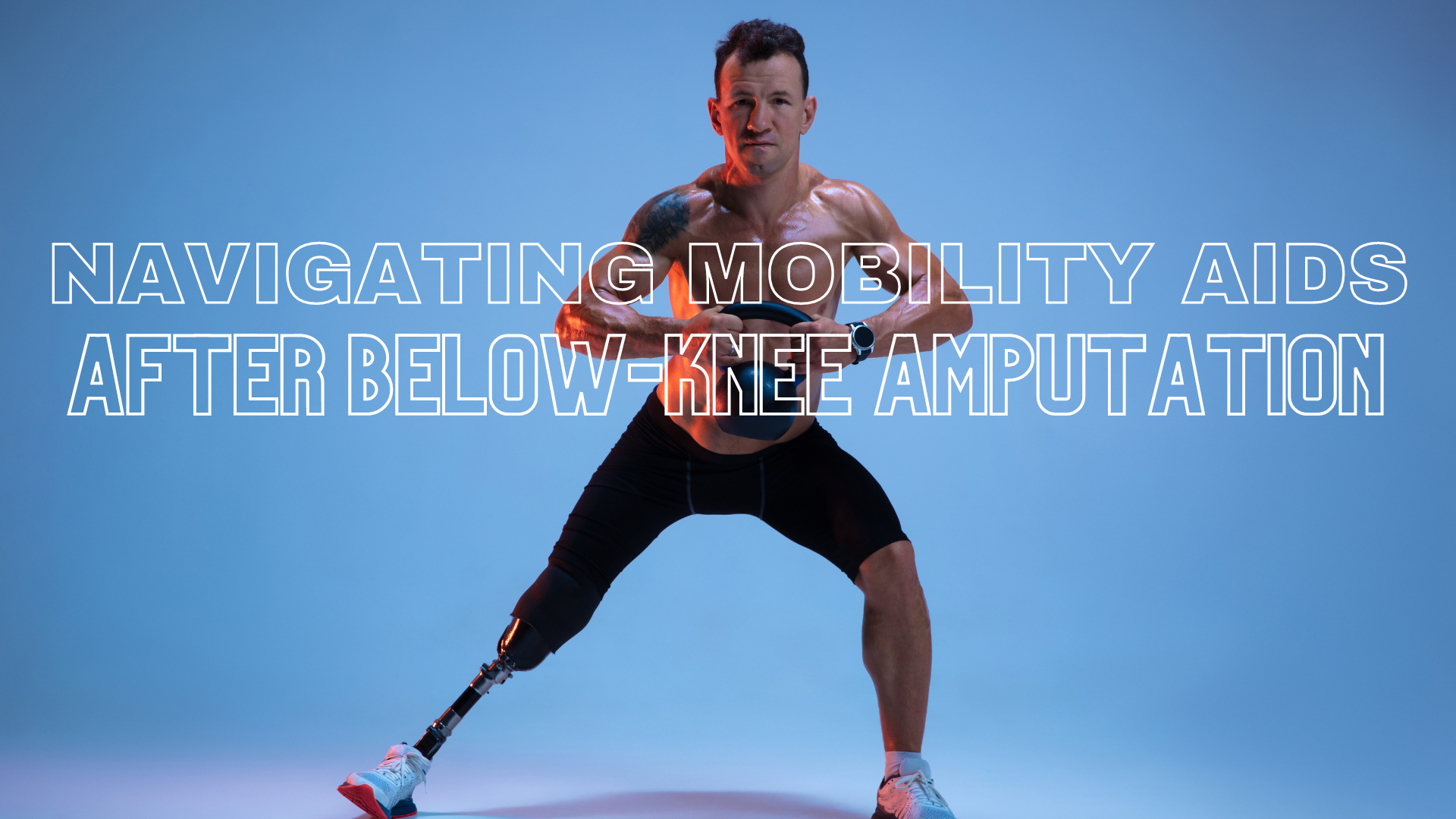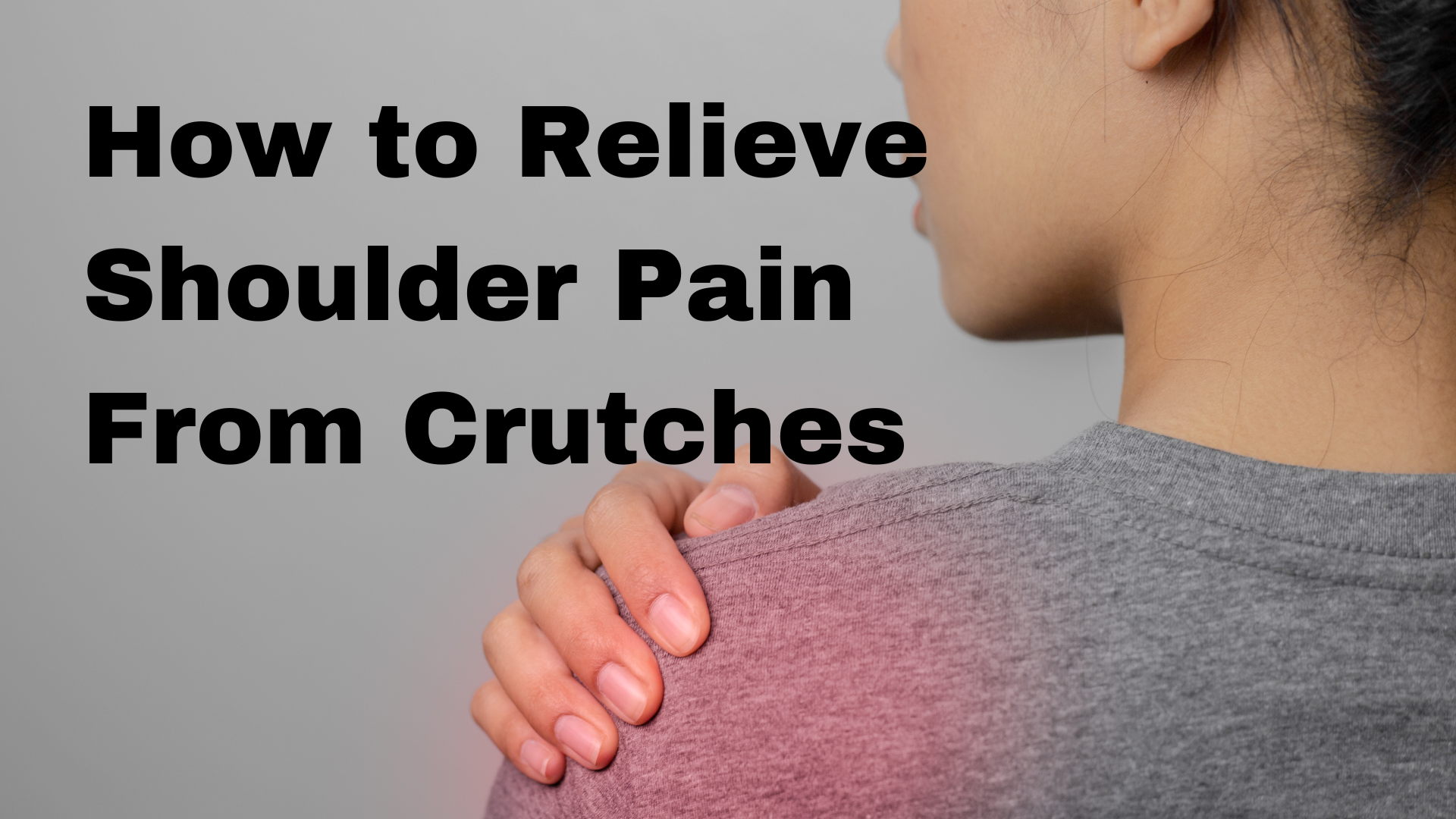Why Caring for Your Hands is Important While Using Crutches
Using crutches can be a challenging experience, especially when it comes to the strain it puts on your hands. The constant weight-bearing can lead to discomfort, pain, numbness, and even injury. It is important to care for your hands while using crutches to prevent these problems. Therefore, it is crucial to take care of your hands while using crutches.
Go Hands-Free
A great way to avoid hand fatigue and reduce the risk of secondary injuries due to crutches is to go hands-free. The iWALK hands-free crutch enables you to walk with a near-normal gait, without the need for hand support. This is why nine out of ten patients prefer the iWALK crutch, which is specifically designed for below-the-knee injuries. Stay tuned until the end of this blog to discover more information about the iWALK crutch and how it can keep your hands pain-free during the recovery process.

Rest
Resting your hands is crucial to promote healing and avoid further damage. Avoid using your hands for any activities that require gripping or applying pressure, such as typing or lifting heavy objects. If possible, take a break from using crutches for a while and let your hands rest. This will help reduce pain and inflammation and allow your hands to heal faster.
If you need to use crutches, try to limit the amount of weight you put on your hands. You can do this by adjusting the height of your crutches or using padding on the handgrips. Additionally, avoid using your hands to support your weight when getting up or sitting down. Instead, use your unaffected leg to support your weight.
Compression
Using a compression wrap or bandage can help reduce swelling in your hands. However, make sure the wrap is not too tight, as this can cause further discomfort. A compression wrap can be especially helpful if you have swelling or bruising in your hands. You can wrap your hands with a stretchy bandage, starting from the wrist and wrapping it around the hand and fingers. Make sure not to wrap it too tightly, as this can cause numbness or tingling.
If you have poor circulation or are diabetic, consult with your doctor before using a compression wrap. In some cases, compression wraps can be harmful or cause complications.
Elevation
Elevating your hands can also help reduce swelling. You can prop your hands up on a pillow while resting or lying down. This can help improve blood flow and reduce pressure on your hands. If possible, try to keep your hands elevated above your heart level. This will help reduce swelling and promote healing.
Massage
Gentle massage can help increase blood flow to your hands and promote healing. You can use your fingers or a massage ball to massage your hands and fingers. Gently rub your hands and fingers in a circular motion, starting from the wrist and moving toward your fingertips. You can also use your thumb to apply gentle pressure to the palm of your hand.
Avoid applying too much pressure or massaging over any open wounds or bruises. If you experience pain or discomfort during the massage, stop immediately.
Moisturize
Using a moisturizer can help keep your skin hydrated and prevent dryness and cracking. Choose a moisturizer that is fragrance-free and gentle on the skin.
To effectively moisturize your hands while using crutches, follow these steps:
- Wash your hands: Before applying moisturizer, wash your hands with a mild soap and warm water. Gently pat them dry with a towel.
- Apply moisturizer: Take a small amount of moisturizer and rub it between your hands. Massage the lotion or cream onto your hands, focusing on dry areas and paying attention to your fingers, palms, and the back of your hands. Be thorough but gentle in your application.
- Allow absorption: Give the moisturizer some time to absorb into your skin. This can help prevent a greasy residue on your hands, which may affect your grip on the crutches.
It’s important to note that if you choose to wear gloves while using crutches, it’s advisable to apply moisturizer before putting on the gloves. This ensures that the moisturizer can directly contact your skin and provide the intended hydrating benefits. By regularly moisturizing your hands, you can help prevent dryness, keep your skin supple, and reduce the risk of cracks or irritation. Remember to reapply moisturizer as needed, particularly after washing your hands or when you notice any dryness or discomfort.
Seek Medical Attention
If the pain persists or gets worse, it is best to seek medical attention. Your healthcare provider can provide you with more targeted treatment options, such as medication or physical therapy. They may also check for any underlying conditions that may be causing the pain.
If you experience any signs of infection, such as redness, swelling, or fever, seek medical attention immediately. These could be signs of a more serious condition that requires immediate treatment.
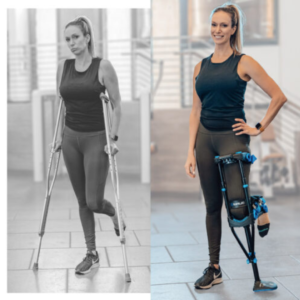
Ditch the Crutches
Traditional crutches require the use of your hands, which can lead to inconvenience, discomfort, pain, and even injury. However, the iWALK hands-free crutch offers an alternative to traditional crutches. The iWALK allows you to walk hands-free because the iWALK crutch attaches to and recruits your leg, leaving your hands and arms totally free to function normally. This way, you can walk with zero strain on your hands and arms, allowing you to move around more comfortably.
The iWALK is a comfortable and effective alternative to traditional crutches, and it provides several benefits. Firstly, it frees up your hands, allowing you to carry items without restrictions. Secondly, it reduces the risk of developing hand, wrist, elbow, arm, shoulder, and neck pain, which is common when using traditional crutches for an extended period. Finally, it is easy to use and does not require any special training. This is why the iWALK crutch is clinically proven to be preferred by 9 out of 10 patients.
Caring for your hands while using crutches is crucial to avoiding discomfort, pain, and injury. Following the tips outlined above can help you care for your hands while using traditional crutches. Alternatively, use the iWALK hands-free crutch, which can offer several pain-free benefits, including comfort and convenience.
Sources
- Healthline. (2022, February 10). Crutch tips: Proper use, safety, and more. Healthline. https://www.healthline.com/health/crutch-tips

